Irish heads of government since 1919
Ireland
The head of government, or prime minister, of Ireland is known as the Taoiseach and heads a cabinet called the Government. However, since 1919, heads of government in the Irish state have borne a number of titles. Under the short-lived Irish Republic of 1919–22 the head of government was known first as the President of Dáil Éireann and later as the President of the Republic. Under the Irish Free State of 1922–37 the head of government was the President of the Executive Council. There also briefly existed, immediately before the creation of the Irish Free State, an interim office of Chairman of the Provisional Government. For a brief period in 1921 the offices of President of the Republic and Chairman of the Provisional Government existed simultaneously.
Offices
| Head | Deputy | Cabinet | State | Constitution | Date |
|---|---|---|---|---|---|
| President of Dáil Éireann/ President of the Irish Republic[1] |
N/A | Ministry | Irish Republic | Dáil Constitution | 21 January 1919 – 6 December 1922 26 August 1921 – 6 December 1922 |
| Chairman of the Provisional Government | N/A | Provisional Government | Southern Ireland | Irish Free State (Agreement) Act 1922 | 3 May 1921 – 6 December 1922 |
| President of the Executive Council | Vice-President | Executive Council | Irish Free State | Constitution of the Irish Free State | 6 December 1922 – 29 December 1937 |
| Taoiseach | Tánaiste | Government | Ireland | Constitution of Ireland | 29 December 1937 – present |
List of office-holders
Northern Ireland
The most recent devolved cabinet in Northern Ireland is the Northern Ireland Executive, established under the Good Friday Agreement. The Executive has been in operation, intermittently, since 1999; but had existed continuously since 2007, but after elections following a government collapsed on 16 January 2017, no Executive has been formed. Since 1921, there have been three different prime ministerial offices in Northern Ireland. The most recent structure, the Office of the First Minister and deputy First Minister, represents a diarchy. As such, there is no longer a singular executive office, but rather a dual office.
Offices
| Head | Cabinet | Date |
|---|---|---|
| Prime Minister | Government | 7 June 1921 – 30 March 1972 |
| Chief Executive | Executive (Sunningdale) | 1 January 1974 – 28 May 1974 |
| First Minister and deputy First Minister | Executive | 1 July 1998 – present |
List of office-holders
See also
Footnotes
- The President of Dáil Éireann, also known as the Príomh Aire, was upgraded to a head of state-level President of the Irish Republic in August 1921.
- From January to August 1922 there were two administrations operating in parallel, the Ministry of the self-declared independent Irish Republic and the Provisional Government accepted by the United Kingdom, and each cabinet had an overlapping membership. De Valera had filled both posts, but after his resignation there were two heads of government, Arthur Griffith, as President of the Republic, and Michael Collins as Chairman of the Provisional Government of Southern Ireland. This anomalous situation came about because the British Government would only recognise the parliament that it had established through the Government of Ireland Act, so Sinn Féin participated in the charade to move matters along. To add to the confusion, Collins was Griffith's Minister of Finance, while Griffith was Collins's Minister for Foreign Affairs. The dual leadership came to an end when W. T. Cosgrave assumed both offices on the deaths of Griffith, on 12 August 1922, and Collins, on 22 August, and merged the two parallel administrations.
- When W. T. Cosgrave first became head of government he was still technically a member of Sinn Féin. However the pro-Treaty faction of Sinn Féin reformed itself as Cumann na nGaedheal shortly afterwards.
- Successor of the Sinn Féin Anti-Treaty faction
- Successor of Cumann na nGaedheal and two more parties.
- After 1927, the Viscount Craigavon
- After 1952, the Viscount Brookeborough
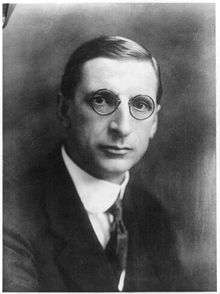
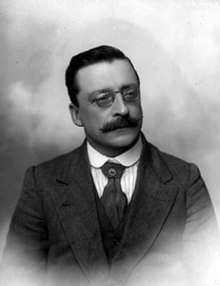
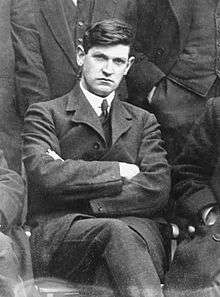
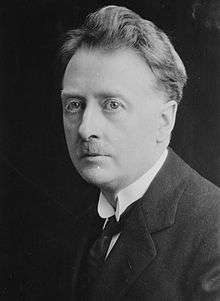
.jpg)
.jpg)
.jpg)
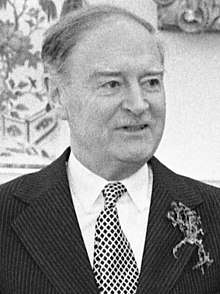

.jpg)
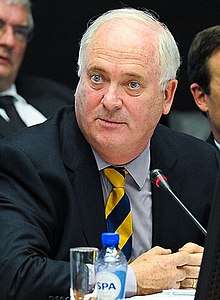
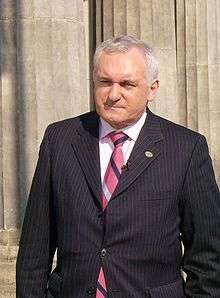

.jpg)
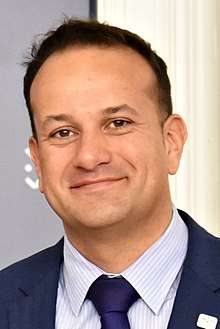
.jpg)
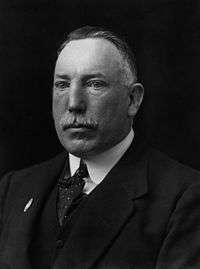
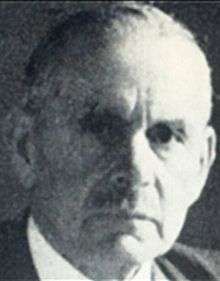


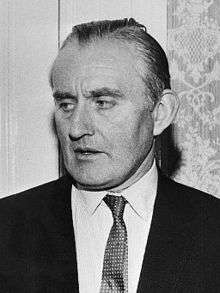
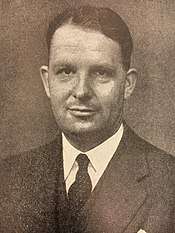

.png)
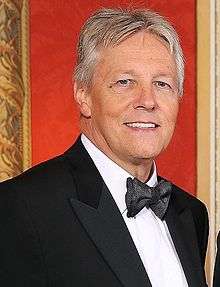
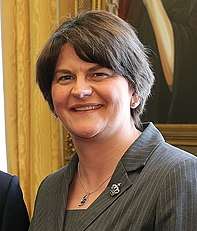
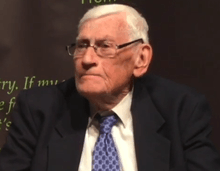
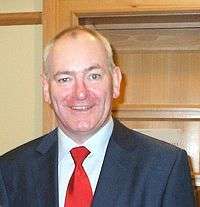
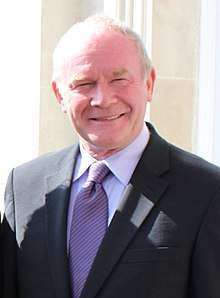
.jpg)